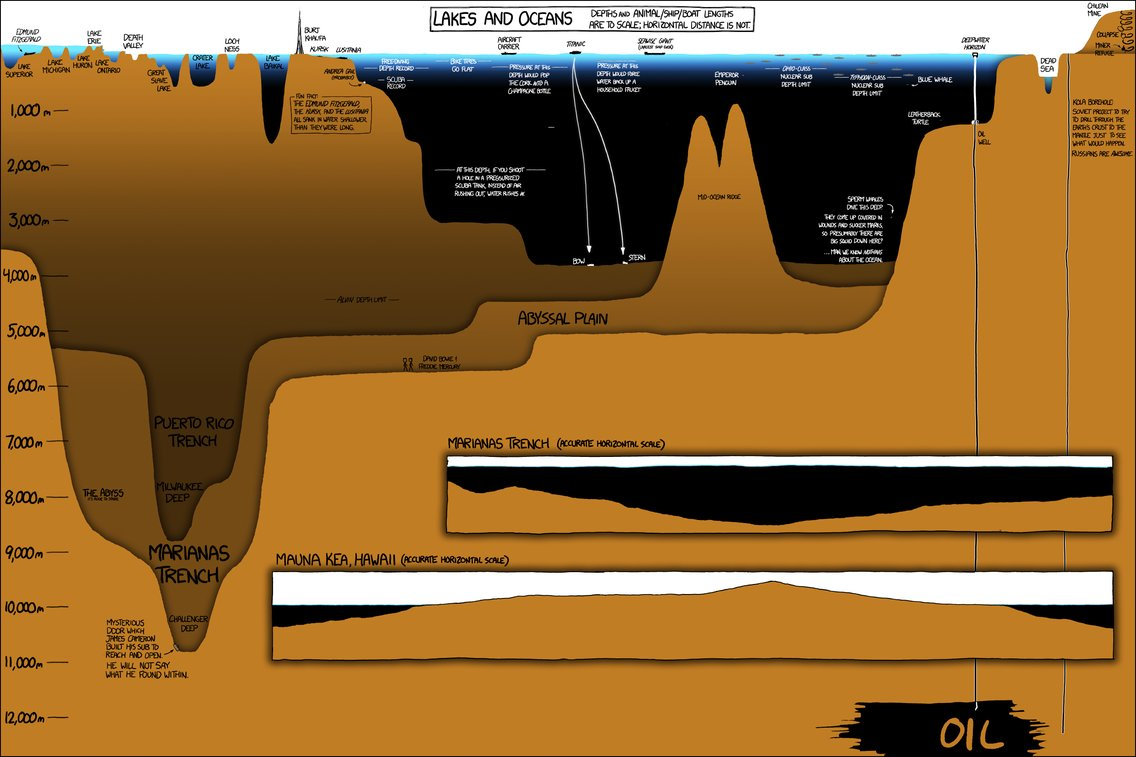This is less difficult than building the city itself.
The key is to pressurize the tunnel, in the same way you have probably pressurized the city. Especially with a train system, an airlock near the entrance would not be difficult. The deepest tunnel now is the Ekiksund Tunnel at 287m under the water. Even if we take twice that depth as the engineering limit for non-pressure regulated tunnels, you're going to be fairly limited in locations. The oceans are mostly very deep.
Image source is XKCDxkcd.
Pressurizing the air in both the city and the tunnel will make the engineering much easier. It also adds some safe limits on how quickly people can leave your city. So for the case of the tunnel, you may wish to have the train itself pressurized differently than the surrounding air. This will allow the train to slowly lower the pressure as it approaches the surface.
The other obvious option is to simply have the tunnel filled with water. Adding aerators will lower the average density of the water and allow the pressurized train to pass more quickly than if it were in pure water.

